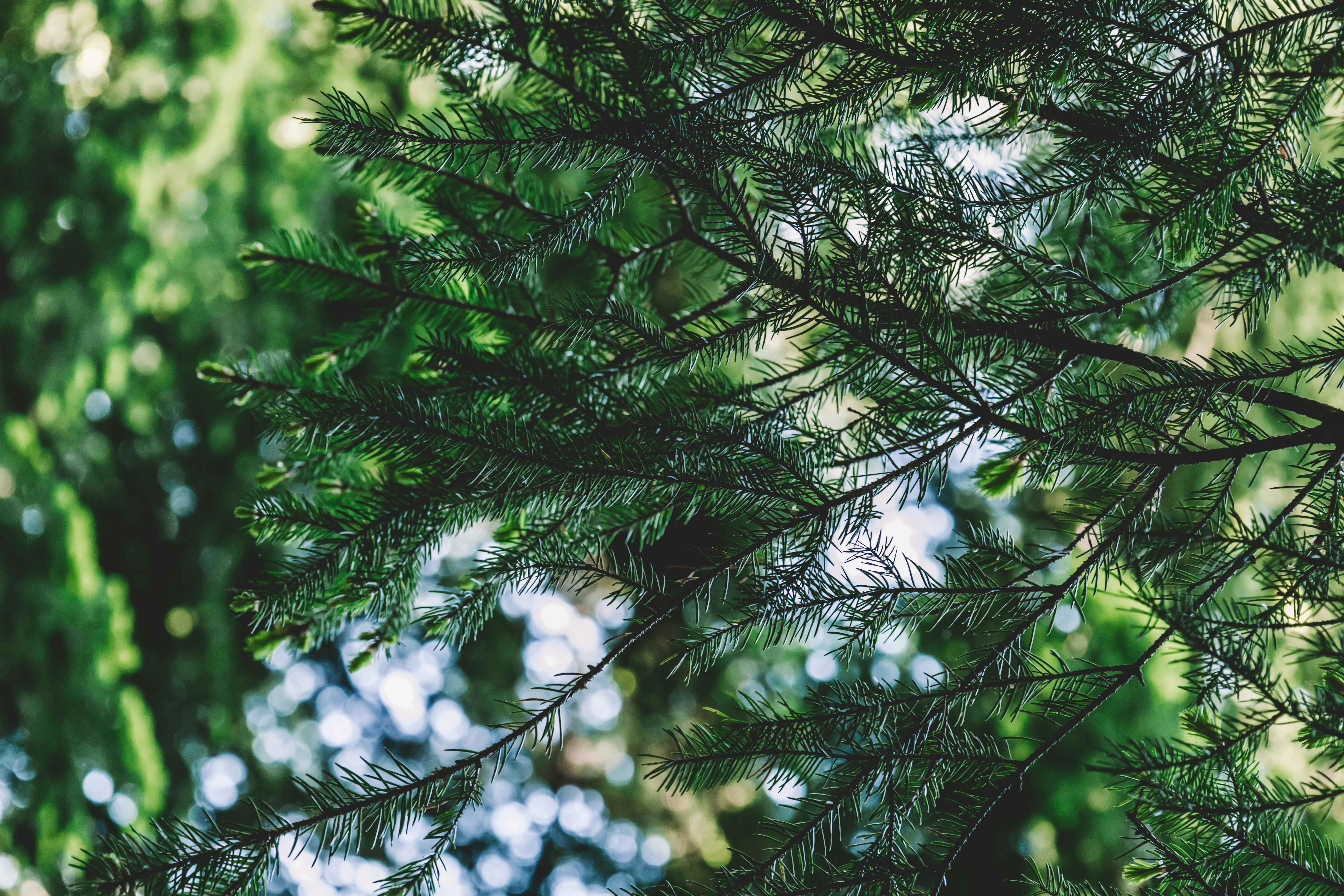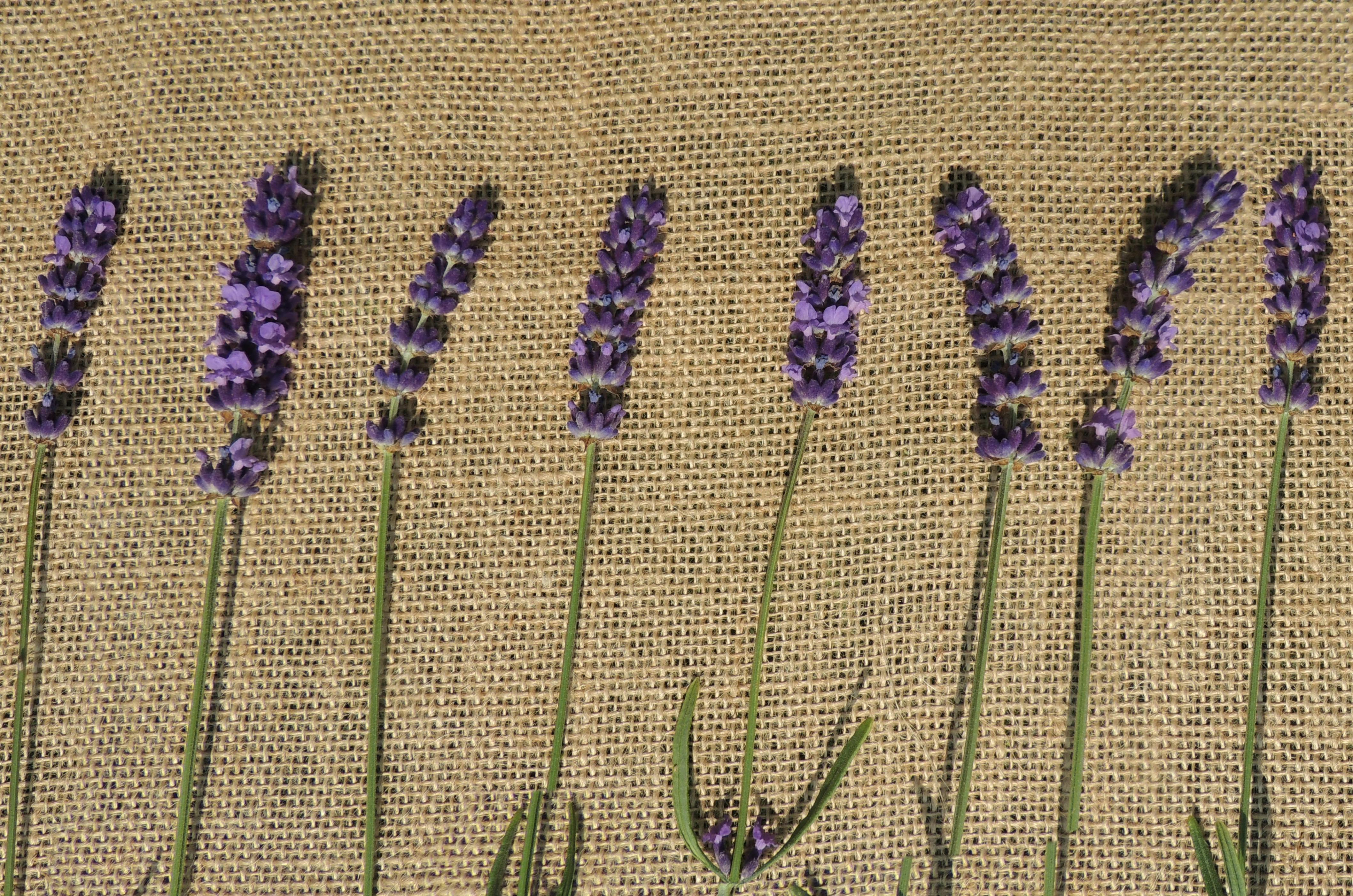Larkspur is a flowering plant that is well known for its tall, spiky flower spikes. It is a member of the buttercup family and is native to much of the temperate Northern Hemisphere. It has a long history of being used as an ornamental garden flower and continues to be popular today. Larkspur plants come in many colors, including white, pink, purple, blue, and red. They make excellent cut flowers and are also attractive when planted in borders or used as ground covers.Larkspur is a type of flowering plant that belongs to the genus Delphinium. It is an annual or perennial plant with tall, branching stems and colorful flowers that usually come in shades of blue, purple, white and pink. The flowers are often used in bouquets and arrangements.
Contents
Where Does the Larkspur Plant Grow?
The larkspur plant is native to Europe, North Africa, and Western Asia. It is a common garden flower in many parts of the world, and it can be found growing in gardens, meadows, and woodlands. The larkspur plant prefers moist, well-drained soil and full sun. It will also tolerate partial shade and some drought. The larkspur plant can grow up to two feet tall with long stems that branch off at their tips. The flowers of the larkspur plant come in a variety of colors including white, pink, lavender, blue, purple, and yellow.
The larkspur plant is also found growing in North America from Canada to Mexico. It is commonly found in fields, meadows and along roadsides. It grows best in areas with full sun and moist soil but will also tolerate some shade and drought conditions. In the United States it can be found growing wild from Florida to California as well as in states such as New York and Pennsylvania.
The larkspur plant is an excellent choice for gardeners who want to add color to their landscape or for those looking for a reliable cut flower for bouquets or arrangements. The flowers of the larkspur plant are long lasting when cut and make wonderful additions to any floral arrangement or bouquet.
What Are the Benefits of Larkspur Plant?
Larkspur is a beautiful flowering plant that has become increasingly popular in gardens and flower beds across the world. Not only are they attractive to look at, but they also offer a range of benefits to gardeners and nature lovers alike. This article will explore some of the benefits of growing larkspur in your garden.
One of the main benefits of larkspur is its ability to attract beneficial insects such as bees, butterflies and other pollinators. These insects play an important role in pollinating flowers, which can lead to increased yields for home gardeners. Additionally, larkspur bloom for a long period with blooms lasting up to 3 months. This makes them great for providing color and beauty in your garden throughout the summer months.
Another benefit of larkspur plants is their hardiness and ease of care. The plants are drought tolerant and require minimal maintenance, making them ideal for busy gardeners who don’t have time to tend to their gardens on a regular basis. Additionally, the plants are highly resistant to pests and diseases, making them less likely to require costly chemical treatments or frequent re-plantings due to pest problems.
Finally, larkspur is also known for its fragrant blossoms that can fill your garden with a sweet scent during the summer months. The blooms also make great cut flowers that can be used in bouquets or dried for later use as decoration or potpourri.
In conclusion, larkspur is a beautiful addition to any garden that offers numerous benefits including attracting beneficial insects, hardiness and ease of care, and fragrant blossoms that make great cut flowers. If you’re looking for an easy-to-care-for plant that will bring beauty and fragrance into your garden throughout the summer months then consider adding some larkspur plants!
How to Care for Larkspur Plant?
Caring for larkspur plants is relatively simple. This hardy annual prefers a sunny spot in the garden and once established, it is drought-tolerant. The plant thrives in a wide range of soils, however, it does prefer well-draining soil. Larkspur will grow best if given regular watering during dry spells.
Fertilization isn’t necessary for these plants as they are self-sustaining and thrive in most soil types. If you do wish to fertilize, use a balanced 10-10-10 fertilizer during the growing season.
Deadheading larkspur flowers regularly can help keep the plant blooming all season long by encouraging new flower buds to form. You can also pinch off the tips of stems to promote bushier growth and more flowers.
In areas with mild winters, larkspur will reseed itself and come back year after year without any additional help from you. If you are located in an area with harsh winters, you may want to cover the plants with mulch or other insulation materials before cold weather arrives to protect them from frost damage.
What Types of Larkspur Plants Are There?
Larkspur is a genus of flowering plants in the buttercup family that includes annual, biennial and perennial species. Annual larkspurs (Delphinium ajacis) are the most commonly grown larkspurs, with tall spikes of bright blue and white flowers. Biennial larkspurs (Delphinium tricorne) are shorter plants with smaller flowers in shades of pink, blue and white. Perennial larkspurs (Consolida ambigua) are taller than the other two types and feature purple-blue flowers.
All types of larkspur plants have divided leaves, long stems and attractive blooms. They prefer full sun locations with moderately moist soil that is well-drained; however, they can also tolerate partial shade in some areas. Larkspur is best grown from seed planted directly into the garden or transplanted from seedlings purchased at garden centers. The plants should be spaced at least 18 inches apart to ensure adequate air circulation, which can help prevent fungal diseases such as powdery mildew. When planting from seed, cover lightly with soil as light aids in germination.
Larkspur is easy to care for once established. Water regularly during dry spells to keep the soil evenly moist but not soggy; too much water can cause root rot or fungal diseases such as crown rot or stem rot. Deadheading spent blooms will encourage more blossoms throughout the summer months; however, it is not necessary for perennial varieties since their blooms last for multiple seasons. Fertilize in spring before growth begins to promote healthy foliage and abundant blooms.
Larkspur plants attract butterflies and other beneficial insects when planted in masses or used as a border plant in a flower bed or meadow garden setting. They also make excellent cut flowers for indoor arrangements when cut before they open completely and kept away from direct sunlight while drying indoors.

What Do Larkspur Plants Look Like?
Larkspur plants are beautiful and striking additions to any garden. They have tall, slender spires of bright, vibrant flowers that come in a variety of colors, such as pink, blue, purple, and white. The leaves are usually lobed and fernlike in shape and are generally dark green in color. The stems of larkspur plants are often hairy and can range in size from 1 to 5 feet tall. Depending on the variety, the blooms may be single or double flowers with four to five petals each. The larkspur’s blooms last from June through August, making them great for adding color to your garden during the summer months.
Larkspur Plant Preference
The larkspur plant is an easy-to-grow flower that prefers full sun and moist, well-draining soil. It can tolerate light shade but needs plenty of sunlight to bloom and thrive. The larkspur plant does best in cooler climates with moderate temperatures, although it can withstand some heat. It prefers a pH level between 6.0 and 7.5, and should be fertilized twice a year with a balanced fertilizer to ensure optimal growth. The larkspur plant needs regular watering, as it does not tolerate drought conditions well. When watering the larkspur, make sure to water deeply so that its roots can reach down into the soil and access moisture.
The larkspur plant also benefits from mulching around its base to help retain moisture and reduce weeds. Deadheading spent flowers will encourage more blooms throughout the growing season, and pruning in late winter or early spring will help keep the plant looking neat and tidy. As long as the larkspur is planted in the right location with adequate sun exposure, soil type, pH level, water availability, and fertilizer application, it should be easy to grow and maintain in most gardens!
Propagating a Larkspur Plant
Larkspur (Delphinium spp.) is a popular garden flower that is easy to propagate. Propagation of larkspur plants can be done in several ways, including sowing, dividing, and taking cuttings. The most common method of propagation is through seed sowing. This method works best when done outdoors in the fall. To sow larkspur seeds, prepare the soil by loosening it and adding compost or other organic matter to help keep the soil moist and light. Plant the seeds directly in the ground about 1/4 inch deep and water thoroughly after planting. Keep the soil moist but not overly wet until germination occurs, which usually takes between one and two weeks. Once the plants are established, water them regularly during dry spells to keep them healthy.
Division is another way to propagate larkspur plants. This method works best when done in early spring or late summer when they are actively growing. Dig up a clump of larkspur and divide it into several sections with a sharp knife or spade. Replant each section at least 12 inches apart in well-drained soil that has been amended with compost or other organic matter to help retain moisture. Water each section thoroughly after planting and keep the soil moist until new growth appears.
Taking cuttings from existing larkspur plants can also be used for propagation. Cut 4-inch sections from healthy stems just below a leaf node in early summer using pruning shears or scissors sterilized with rubbing alcohol or diluted bleach solution. Dip each cutting into a rooting hormone powder (available at garden centers) before planting it into a pot filled with potting mix that contains vermiculite for extra drainage. Place the potted cuttings in an area with bright indirect light and mist them daily with water until new growth appears before transplanting them into their permanent location outdoors later in spring or summer.

Conclusion
Larkspur is a beautiful and versatile plant that can be used for anything from garden decoration to culinary dishes. It has many benefits, including the fact that it is easy to maintain and requires very little care. It also provides an abundance of vibrant blooms in a multitude of colors. In addition, larkspur has many medicinal properties, making it a great addition to any home herb garden.
Overall, larkspur is an excellent choice for any gardener interested in adding a splash of color and beauty to their garden. With its hardy nature and numerous benefits, it’s no surprise that larkspur has been popular for centuries.
Whether used as an ornamental plant or as an ingredient in cooking, larkspur is sure to add charm and vibrancy to any outdoor space. Plus, with its medicinal properties, this beautiful flower can provide numerous health benefits as well.

0 Comments